Our Solar System
Our solar system consists of the Sun and everything that orbits around it, including eight planets, five dwarf planets, hundreds of moons, and countless asteroids, comets, and other small bodies. The Sun, a G-type main-sequence star, contains 99.86% of the solar system's known mass and dominates the system gravitationally.
The solar system formed approximately 4.6 billion years ago from the gravitational collapse of a giant molecular cloud. Most of the mass gathered in the center, forming the Sun, while the rest flattened into a protoplanetary disk out of which the planets, moons, asteroids, and other small bodies formed.

The planets are divided into two categories: the inner, rocky planets (Mercury, Venus, Earth, and Mars) and the outer, gas giant planets (Jupiter, Saturn, Uranus, and Neptune). Beyond Neptune lies the Kuiper Belt, a region of icy bodies including the dwarf planet Pluto.
Terrestrial Planets
The four inner planets—Mercury, Venus, Earth, and Mars—are known as terrestrial planets because they have solid, rocky surfaces. These planets are composed primarily of silicate rocks and metals, with relatively thin atmospheres compared to the gas giants.

Mercury
Distance from Sun: 57.9 million km (0.39 AU)
Diameter: 4,879 km
Mass: 3.285 × 10^23 kg (0.055 Earth masses)
Surface Temperature: -180°C to 430°C
Surface Pressure: Almost zero (10^-15 bar)
Distance from Earth: 77.3-221.9 million km
Travel Time from Earth: 6-10 months
Commercial Interests: Mining (iron, nickel), research
Orbital Period: 88 Earth days
Rotation Period: 58.6 Earth days
Moons: 0
Atmosphere: Almost non-existent
Surface Features: Craters, plains, scarps
Notable Missions: Mariner 10, MESSENGER, BepiColombo
Interesting Fact: Mercury has the most extreme temperature variations of any planet
Unserved Scientific Questions:
- Why does Mercury have a magnetic field despite its slow rotation?
- What is the origin of Mercury's hollows (bright, shallow depressions)?
- How did Mercury retain its volatile elements despite being so close to the Sun?
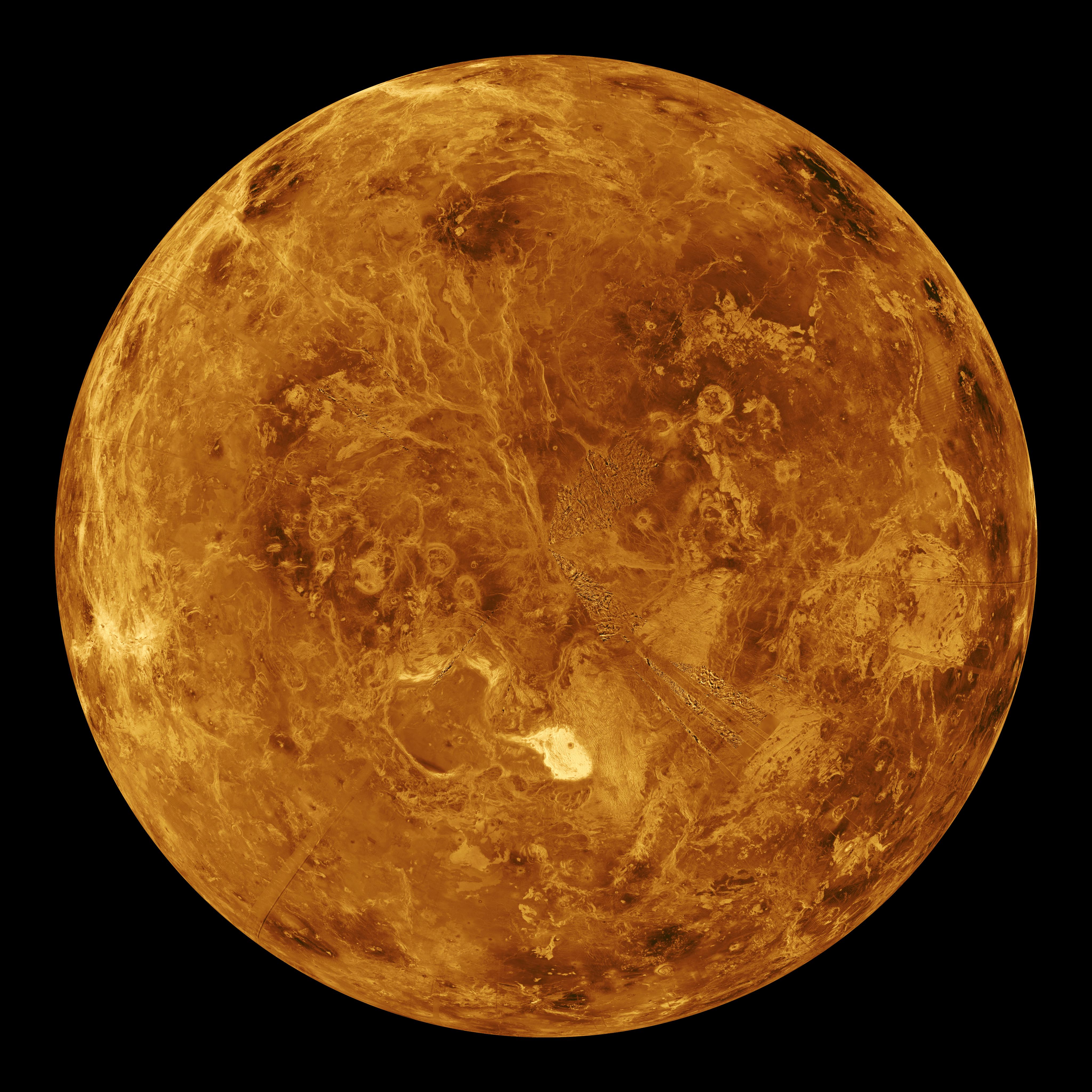
Venus
Distance from Sun: 108.2 million km (0.72 AU)
Diameter: 12,104 km
Mass: 4.867 × 10^24 kg (0.815 Earth masses)
Surface Temperature: 462°C (average)
Surface Pressure: 92 bar (1,300 psi)
Distance from Earth: 38.2-261 million km
Travel Time from Earth: 4-7 months
Commercial Interests: Research, potential terraforming studies
Orbital Period: 225 Earth days
Rotation Period: 243 Earth days (retrograde)
Moons: 0
Atmosphere: Dense CO2 with sulfuric acid clouds
Surface Features: Volcanoes, plains, highlands
Notable Missions: Venera, Magellan, Venus Express
Interesting Fact: Venus rotates in the opposite direction to most planets
Unserved Scientific Questions:
- What caused Venus's extreme greenhouse effect?
- Is there active volcanism on Venus today?
- Could Venus have had oceans in its early history?
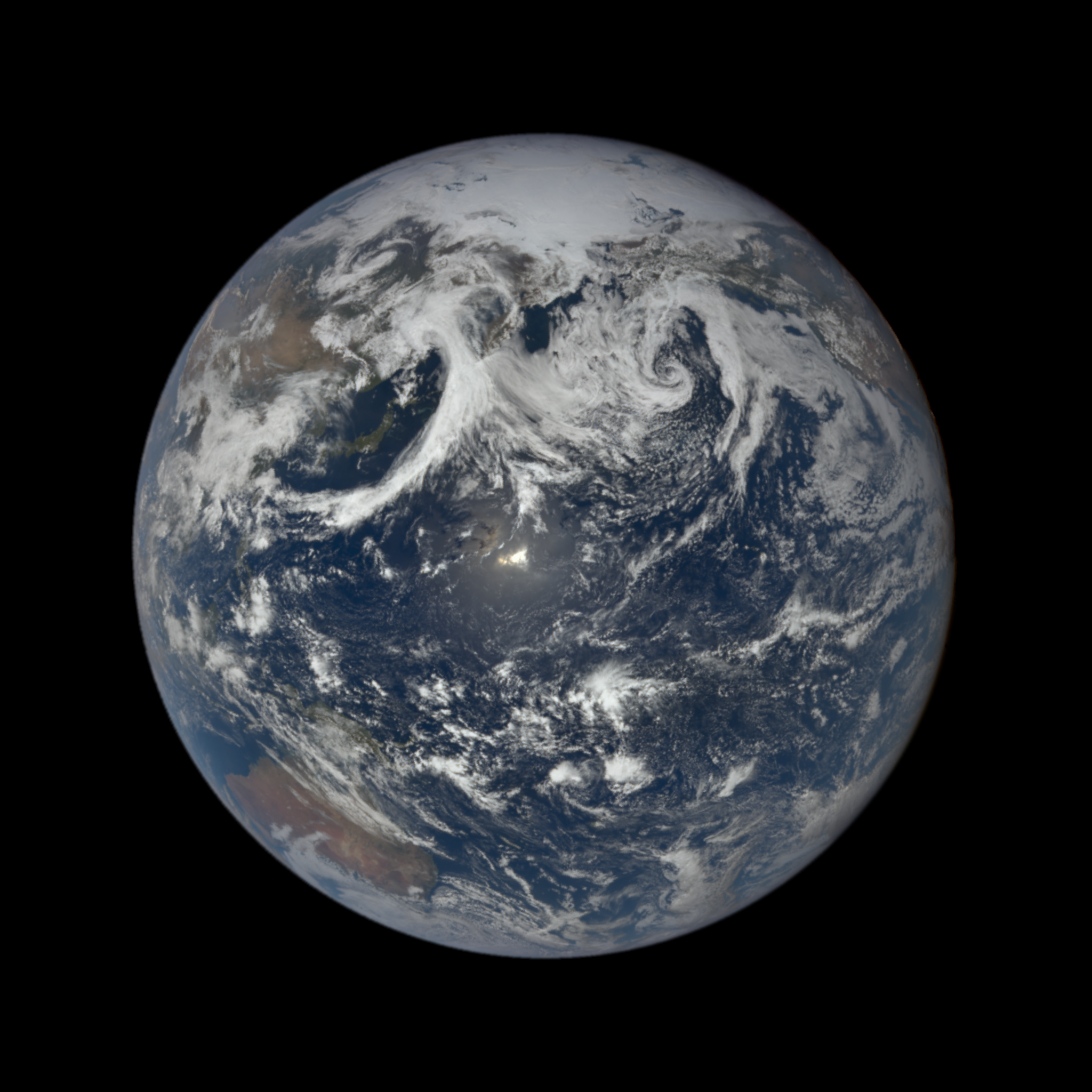
Earth
Distance from Sun: 149.6 million km (1 AU)
Diameter: 12,742 km
Mass: 5.972 × 10^24 kg
Surface Temperature: -88°C to 58°C
Surface Pressure: 1 bar (14.7 psi)
Distance from Earth: 0 km (reference point)
Travel Time from Earth: N/A
Commercial Interests: Space tourism, satellite services, research
Orbital Period: 365.25 Earth days
Rotation Period: 23.93 hours
Moons: 1 (Luna)
Atmosphere: 78% nitrogen, 21% oxygen
Surface Features: Oceans, continents, mountains
Notable Missions: Countless, including Apollo, ISS
Interesting Fact: Earth is the only known planet with liquid water on its surface
Unserved Scientific Questions:
- How did Earth's magnetic field form and why does it periodically reverse?
- What triggered the Cambrian explosion of life?
- How do Earth's core and mantle interact to drive plate tectonics?

Mars
Distance from Sun: 227.9 million km (1.52 AU)
Diameter: 6,779 km
Mass: 6.39 × 10^23 kg (0.107 Earth masses)
Surface Temperature: -140°C to 20°C
Surface Pressure: 0.006 bar (0.09 psi)
Distance from Earth: 54.6-401 million km
Travel Time from Earth: 6-9 months
Commercial Interests: Mining, potential colonization, research
Orbital Period: 687 Earth days
Rotation Period: 24.62 hours
Moons: 2 (Phobos, Deimos)
Atmosphere: Thin CO2 atmosphere
Surface Features: Craters, volcanoes, canyons, polar ice caps
Notable Missions: Viking, Spirit/Opportunity, Curiosity, Perseverance
Interesting Fact: Mars has the largest volcano in the solar system, Olympus Mons
Unserved Scientific Questions:
- Did Mars ever have conditions suitable for life?
- What caused Mars to lose its atmosphere and water?
- Is there liquid water beneath Mars's surface today?
Gas Giants
The four outer planets—Jupiter, Saturn, Uranus, and Neptune—are known as gas giants or Jovian planets. These planets are much larger than the terrestrial planets and are composed primarily of hydrogen and helium, with no solid surfaces.
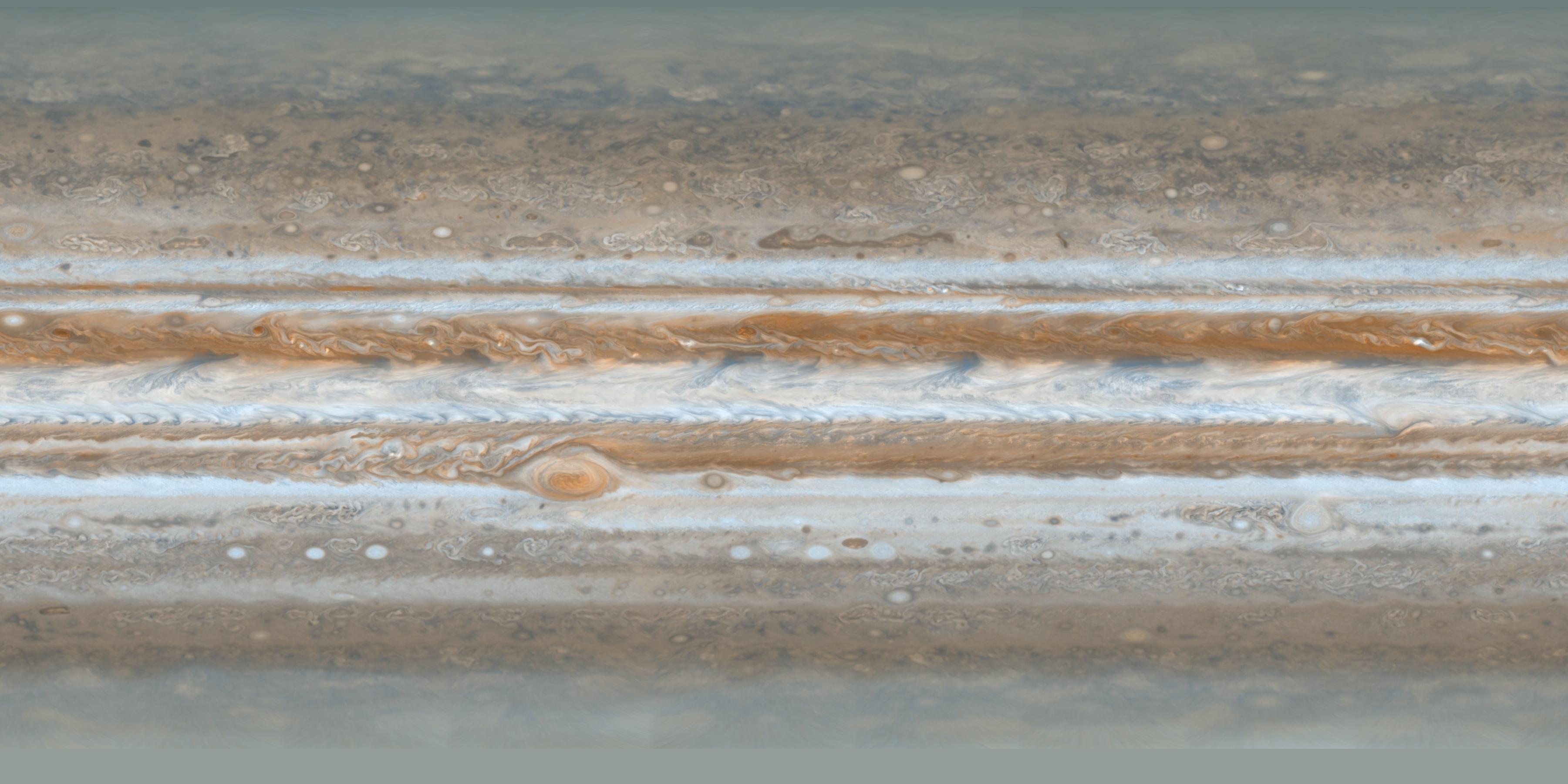
Jupiter
Distance from Sun: 778.5 million km (5.2 AU)
Diameter: 139,820 km
Mass: 1.898 × 10^27 kg (317.8 Earth masses)
Surface Temperature: -110°C (cloud top)
Surface Pressure: Unknown (gas planet)
Distance from Earth: 588-968 million km
Travel Time from Earth: 13-24 months
Commercial Interests: Research, potential helium-3 mining
Orbital Period: 11.9 Earth years
Rotation Period: 9.93 hours
Moons: 79+ (including the Galilean moons)
Atmosphere: Hydrogen, helium, methane, ammonia
Surface Features: Great Red Spot, bands, zones
Notable Missions: Pioneer, Voyager, Galileo, Juno
Interesting Fact: Jupiter's Great Red Spot is a storm that has been raging for at least 400 years
Unserved Scientific Questions:
- What lies beneath Jupiter's visible cloud layers?
- How deep is the Great Red Spot?
- What drives Jupiter's complex atmospheric dynamics?
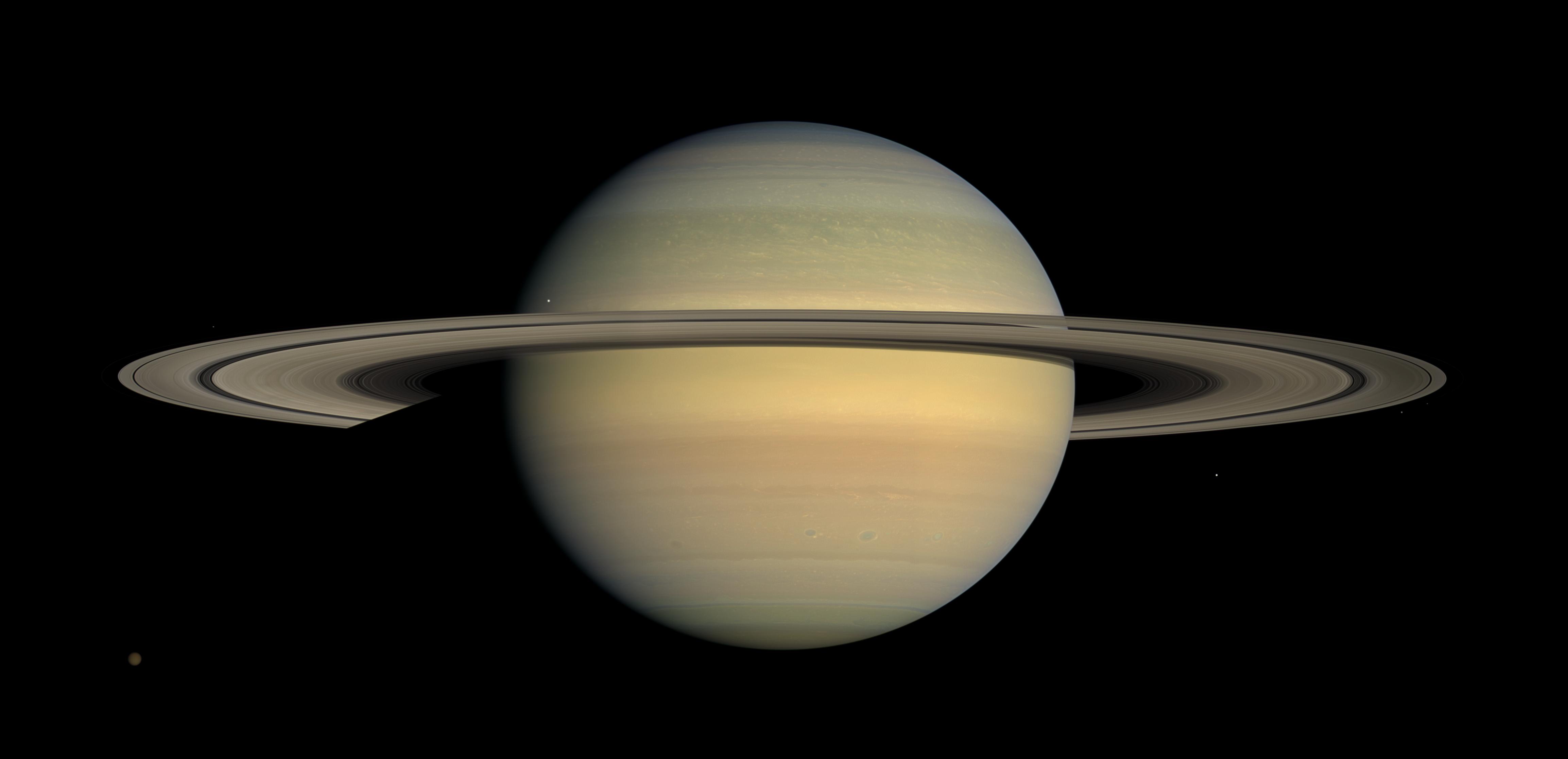
Saturn
Distance from Sun: 1.4 billion km (9.5 AU)
Diameter: 116,460 km
Mass: 5.683 × 10^26 kg (95.2 Earth masses)
Surface Temperature: -178°C (average)
Surface Pressure: Unknown (gas planet)
Distance from Earth: 1.2-1.6 billion km
Travel Time from Earth: 24-36 months
Commercial Interests: Research, potential resource extraction from rings
Orbital Period: 29.5 Earth years
Rotation Period: 10.7 hours
Moons: 82+ (including Titan)
Atmosphere: Hydrogen, helium, methane
Surface Features: Rings, bands, storms
Notable Missions: Pioneer, Voyager, Cassini
Interesting Fact: Saturn's rings are made primarily of ice particles with some rocky debris
Unserved Scientific Questions:
- How old are Saturn's rings and how did they form?
- What maintains the sharp edges of the rings?
- How do the rings interact with Saturn's atmosphere?
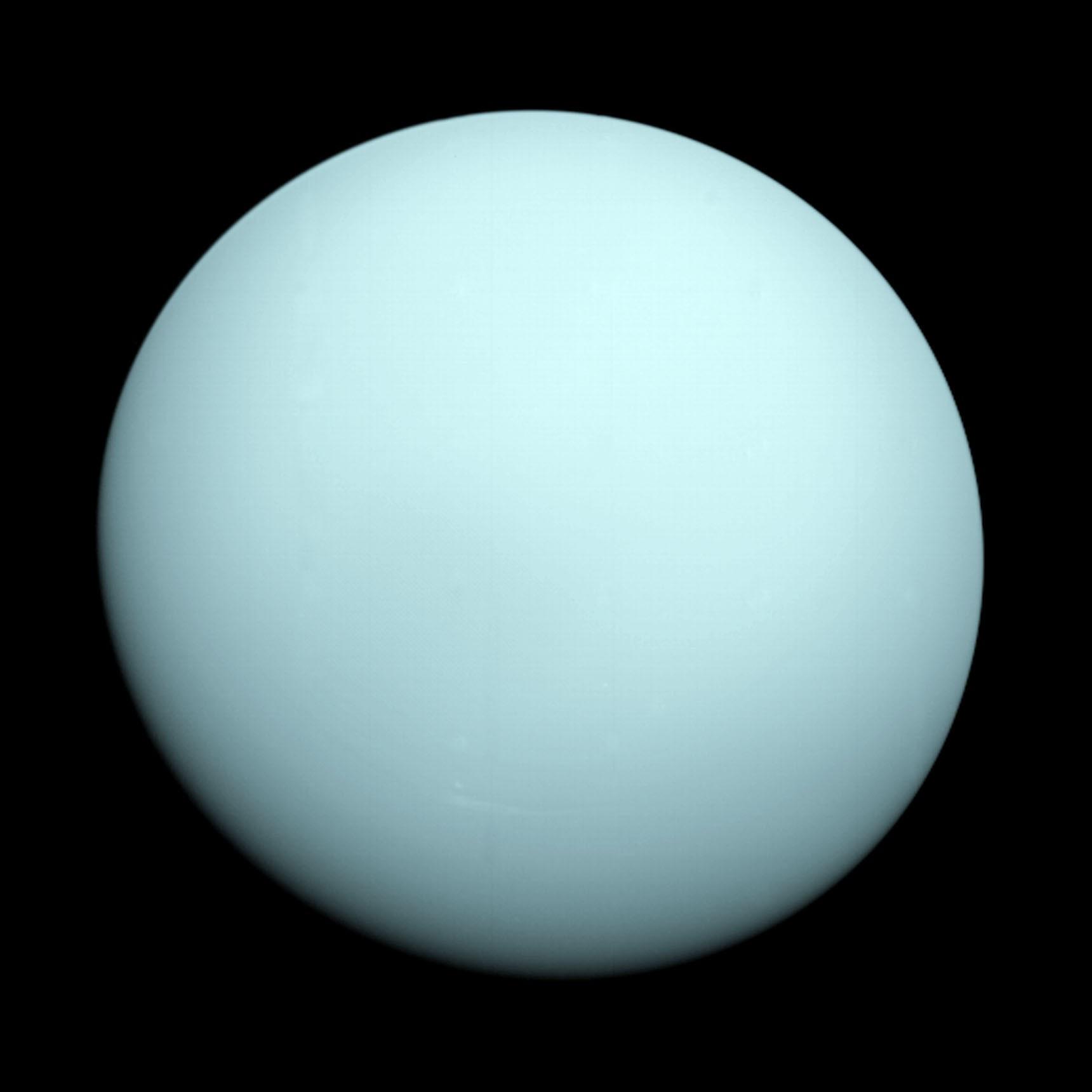
Uranus
Distance from Sun: 2.9 billion km (19.8 AU)
Diameter: 50,724 km
Mass: 8.681 × 10^25 kg (14.5 Earth masses)
Surface Temperature: -224°C (average)
Surface Pressure: Unknown (ice giant)
Distance from Earth: 2.6-3.2 billion km
Travel Time from Earth: 36-48 months
Commercial Interests: Research, potential resource extraction
Orbital Period: 84 Earth years
Rotation Period: 17.2 hours
Moons: 27+
Atmosphere: Hydrogen, helium, methane
Surface Features: Rings, bands, storms
Notable Missions: Voyager 2
Interesting Fact: Uranus rotates on its side with an axial tilt of about 98 degrees
Unserved Scientific Questions:
- What caused Uranus's extreme axial tilt?
- Why is Uranus's internal heat so low compared to other gas giants?
- What is the composition of Uranus's interior?
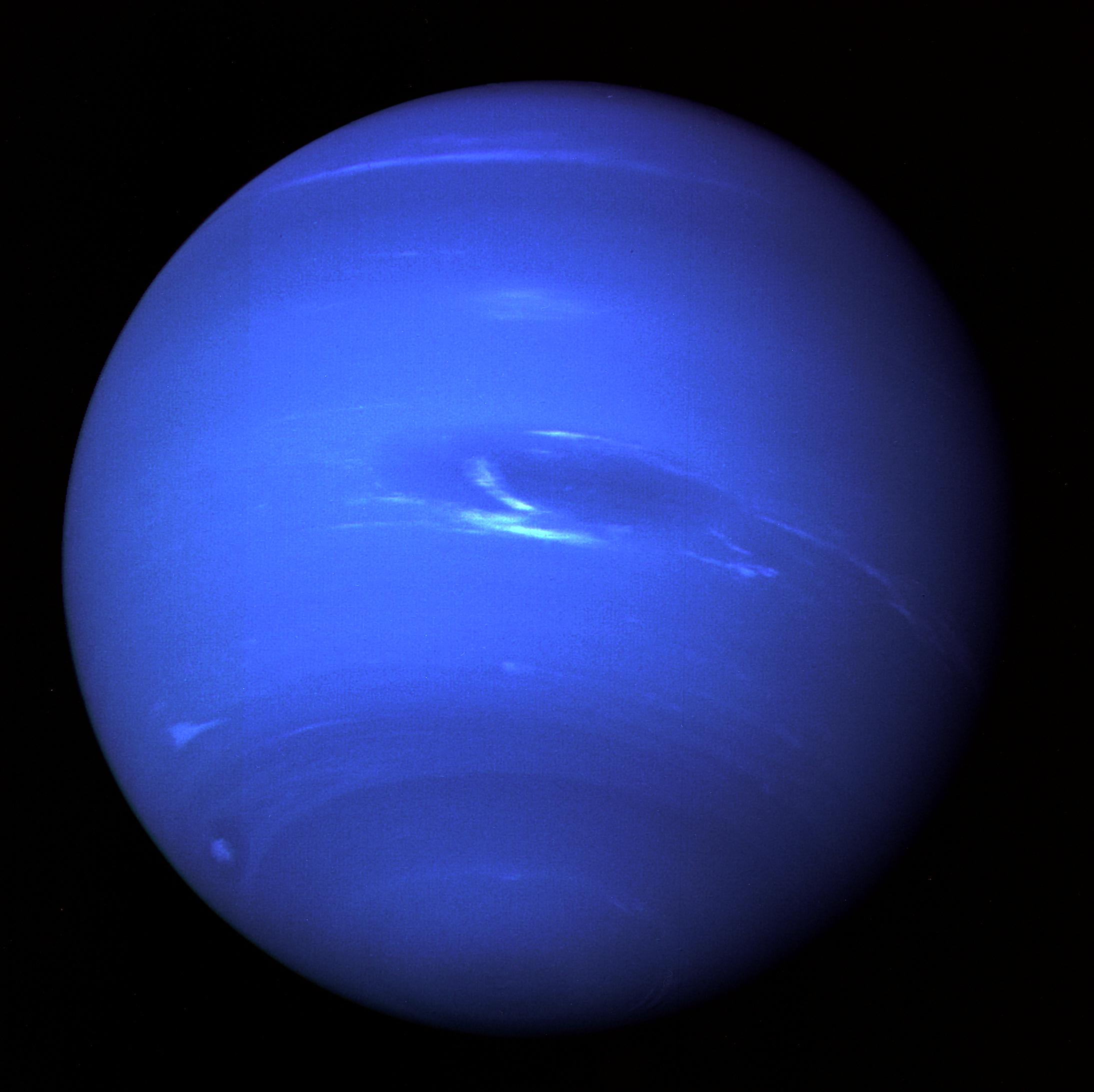
Neptune
Distance from Sun: 4.5 billion km (30.1 AU)
Diameter: 49,244 km
Mass: 1.024 × 10^26 kg (17.1 Earth masses)
Surface Temperature: -214°C (average)
Surface Pressure: Unknown (ice giant)
Distance from Earth: 4.3-4.7 billion km
Travel Time from Earth: 48-60 months
Commercial Interests: Research, potential resource extraction
Orbital Period: 165 Earth years
Rotation Period: 16.1 hours
Moons: 14+ (including Triton)
Atmosphere: Hydrogen, helium, methane
Surface Features: Great Dark Spot, bands, storms
Notable Missions: Voyager 2
Interesting Fact: Neptune has the strongest winds in the solar system, reaching speeds of 2,100 km/h
Unserved Scientific Questions:
- What drives Neptune's extreme wind speeds?
- How does Neptune maintain its internal heat?
- What is the origin of Neptune's dark spots?
Dwarf Planets
Dwarf planets are celestial bodies that orbit the Sun, are massive enough to be rounded by their own gravity, but have not cleared their orbital path of other objects. The most famous dwarf planet is Pluto, which was reclassified from a planet in 2006.
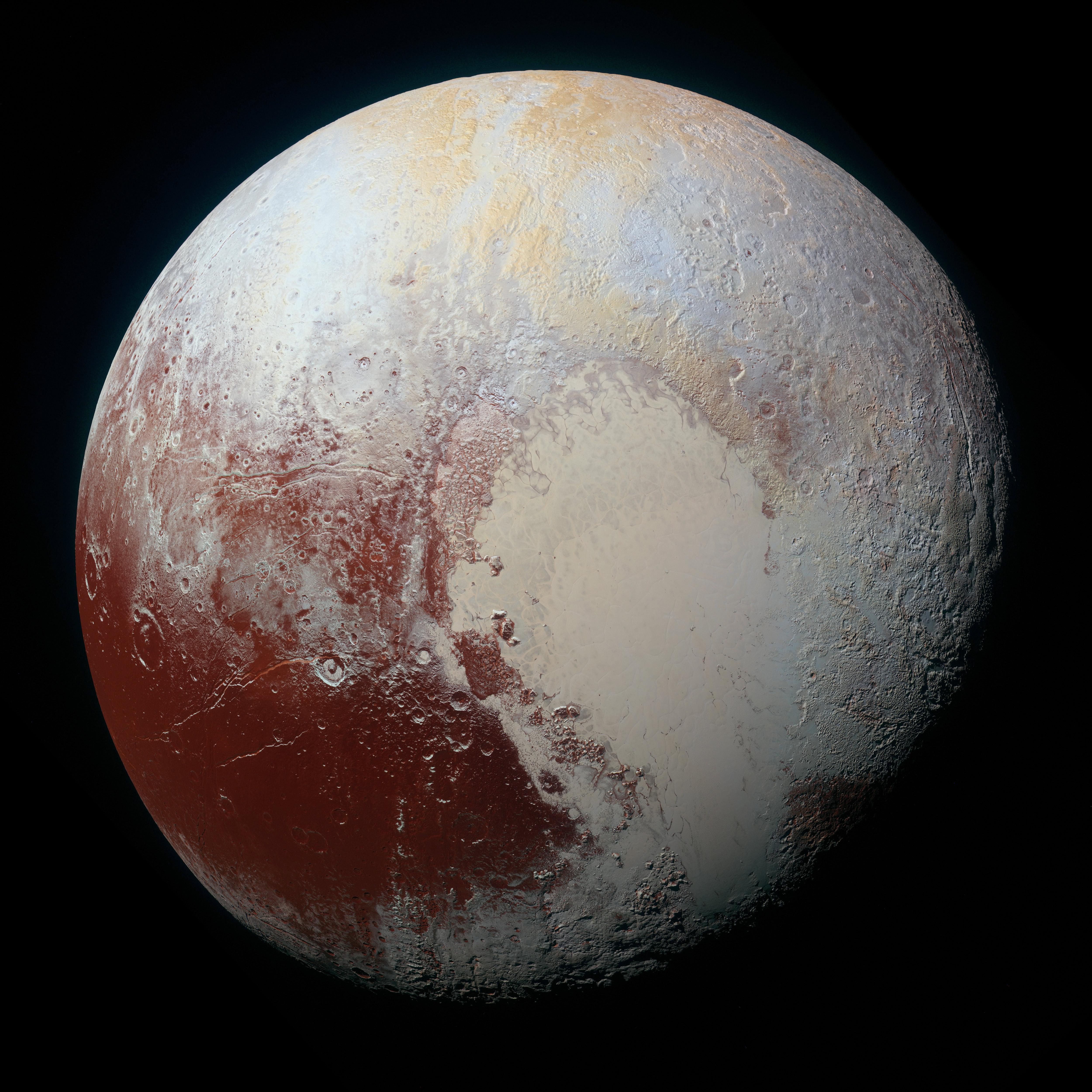
Pluto
Distance from Sun: 5.9 billion km (39.5 AU)
Diameter: 2,377 km
Mass: 1.303 × 10^22 kg (0.002 Earth masses)
Surface Temperature: -230°C (average)
Surface Pressure: 0.00001 bar (0.00015 psi)
Distance from Earth: 4.3-7.5 billion km
Travel Time from Earth: 60-84 months
Commercial Interests: Research, potential mining
Orbital Period: 248 Earth years
Rotation Period: 6.39 Earth days
Moons: 5 (including Charon)
Atmosphere: Thin nitrogen, methane, carbon monoxide
Surface Features: Ice mountains, plains, craters
Notable Missions: New Horizons
Interesting Fact: Pluto has a heart-shaped glacier named Tombaugh Regio
Unserved Scientific Questions:
- Is there a liquid ocean beneath Pluto's surface?
- How did Pluto's complex geology form?
- What is the origin of Pluto's atmosphere?
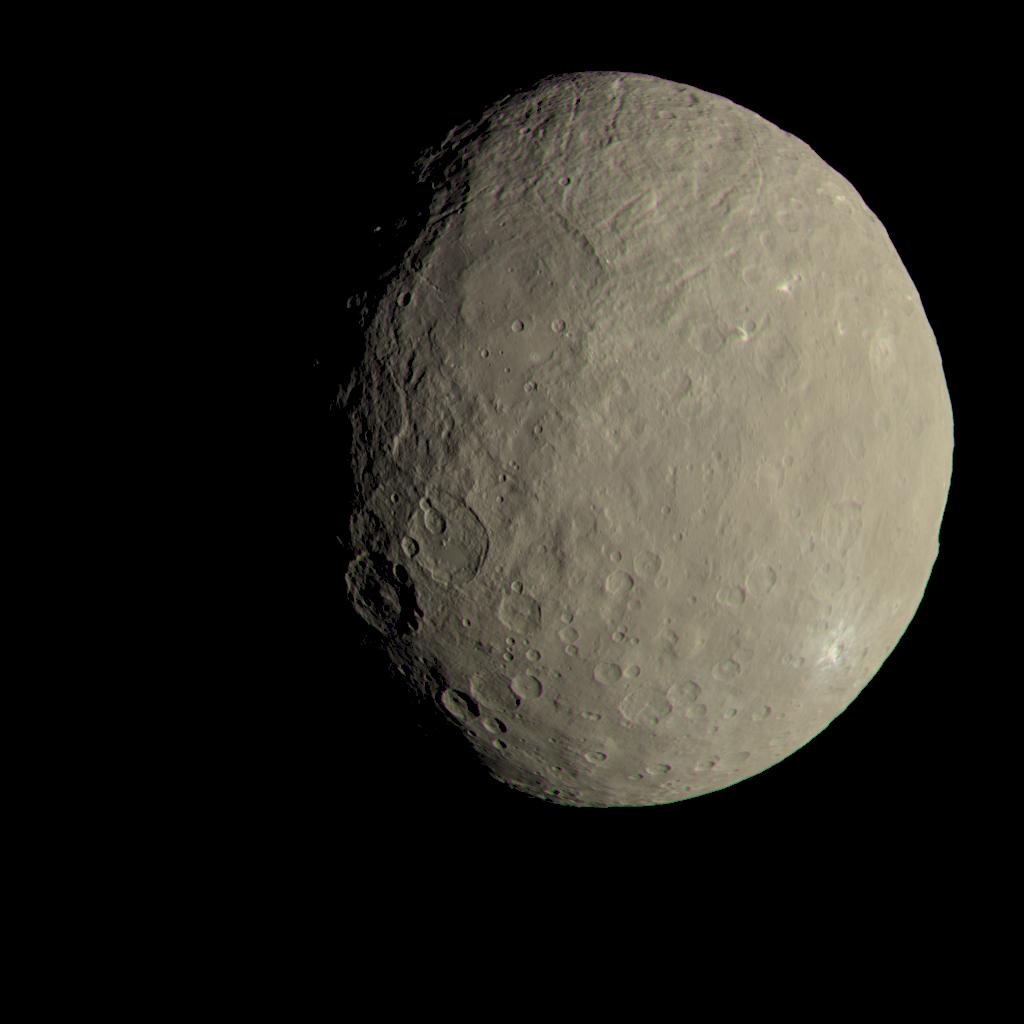
Ceres
Distance from Sun: 414 million km (2.77 AU)
Diameter: 939 km
Mass: 9.3835 × 10^20 kg
Surface Temperature: -105°C (average)
Surface Pressure: Almost zero
Distance from Earth: 263-565 million km
Travel Time from Earth: 8-12 months
Commercial Interests: Mining (water ice), research
Orbital Period: 4.6 Earth years
Rotation Period: 9.07 hours
Moons: 0
Atmosphere: Almost non-existent
Surface Features: Bright spots in Occator Crater, mountains
Notable Missions: Dawn
Interesting Fact: Ceres is the largest object in the asteroid belt
Unserved Scientific Questions:
- What is the origin of Ceres' bright spots?
- How much water does Ceres contain?
- Did Ceres ever have a subsurface ocean?

Eris
Distance from Sun: 10.1 billion km (67.7 AU)
Diameter: 2,326 km
Mass: 1.66 × 10^22 kg
Surface Temperature: -231°C (average)
Surface Pressure: Unknown
Distance from Earth: 6.7-10.3 billion km
Travel Time from Earth: 8-12 months
Commercial Interests: Research, potential mining
Orbital Period: 558 Earth years
Rotation Period: 25.9 hours
Moons: 1 (Dysnomia)
Atmosphere: Unknown
Surface Features: Ice surface, possibly with mountains
Notable Missions: None
Interesting Fact: Eris's discovery led to the reclassification of Pluto as a dwarf planet
Unserved Scientific Questions:
- What is Eris's surface composition?
- Does Eris have an atmosphere?
- How did Eris form in the Kuiper Belt?
Other Solar System Bodies
Beyond the planets and dwarf planets, our solar system contains numerous other fascinating objects, including asteroids, comets, and the Sun itself.
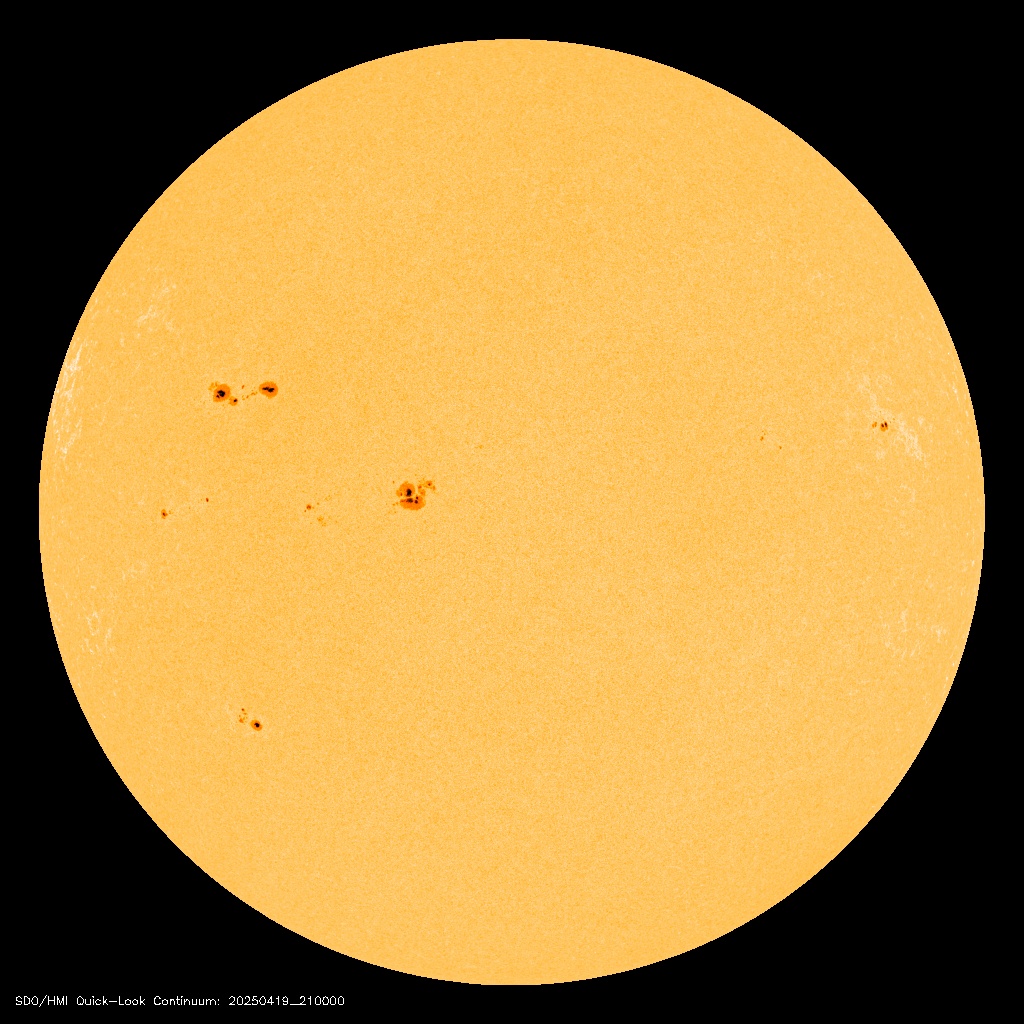
Sun
Type: G-type main-sequence star
Diameter: 1,392,700 km
Mass: 1.989 × 10^30 kg (333,000 Earth masses)
Surface Temperature: 5,500°C
Core Temperature: 15 million°C
Rotation Period: 27 Earth days (equator)
Age: 4.6 billion years
Composition: 73% hydrogen, 25% helium, 2% other elements
Notable Features: Sunspots, solar flares, prominences
Notable Missions: SOHO, Parker Solar Probe
Interesting Fact: The Sun contains 99.86% of the mass in the solar system
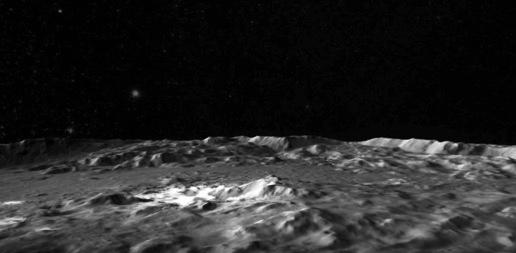
Asteroid Belt
Location: Between Mars and Jupiter
Distance from Sun: 2.2-3.3 AU
Largest Object: Ceres (dwarf planet)
Estimated Objects: Millions, with hundreds of thousands larger than 1 km
Total Mass: About 4% of the Moon's mass
Composition: Rocky, metallic, and carbon-rich asteroids
Notable Asteroids: Vesta, Pallas, Hygiea
Notable Missions: Dawn, OSIRIS-REx, Hayabusa2
Interesting Fact: Despite popular depictions, asteroids are typically separated by vast distances

Kuiper Belt
Location: Beyond Neptune's orbit
Distance from Sun: 30-50 AU
Largest Objects: Pluto, Eris, Haumea, Makemake
Estimated Objects: Hundreds of thousands larger than 100 km
Composition: Icy bodies, frozen volatiles
Notable Objects: Pluto, Eris, Arrokoth
Notable Missions: New Horizons
Interesting Fact: The Kuiper Belt is the source of many short-period comets
Solar System Exploration
Humanity has been exploring the solar system for decades, sending robotic missions to every planet and many smaller bodies. These missions have provided invaluable data about the formation and evolution of our cosmic neighborhood.
Past Achievements
- Landing humans on the Moon (Apollo program)
- Exploring all planets with robotic missions
- Landing rovers on Mars
- Exploring comets and asteroids
- Studying the Sun up close
Current Missions
- Perseverance rover on Mars
- James Webb Space Telescope studying distant objects
- Parker Solar Probe studying the Sun
- Juno studying Jupiter
- New Horizons exploring the Kuiper Belt
Future Exploration
- Artemis program to return humans to the Moon
- Planned missions to Mars
- Europa Clipper to study Jupiter's moon
- Dragonfly to explore Titan
- Psyche to study a metallic asteroid
Challenges
- Extreme distances and travel times
- Harsh environments (radiation, temperature)
- Communication delays
- Limited power sources
- Human health in space
The exploration of our solar system continues to reveal new wonders and insights about our cosmic neighborhood. As technology advances, we can expect even more exciting discoveries in the years to come.